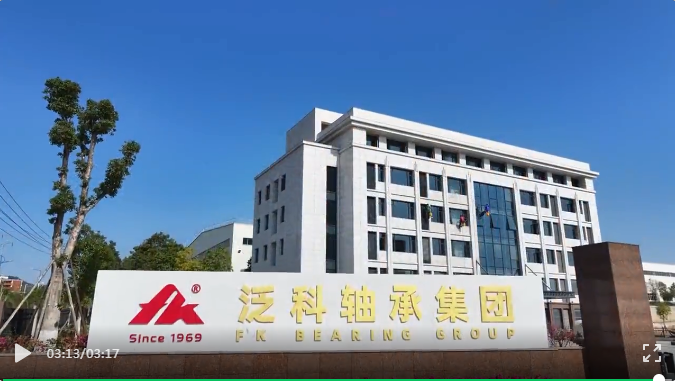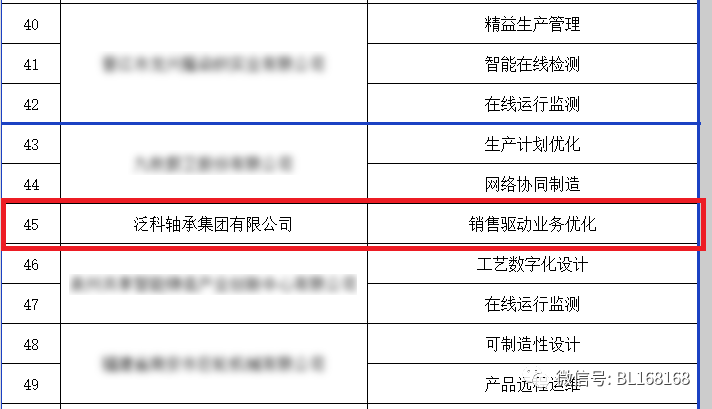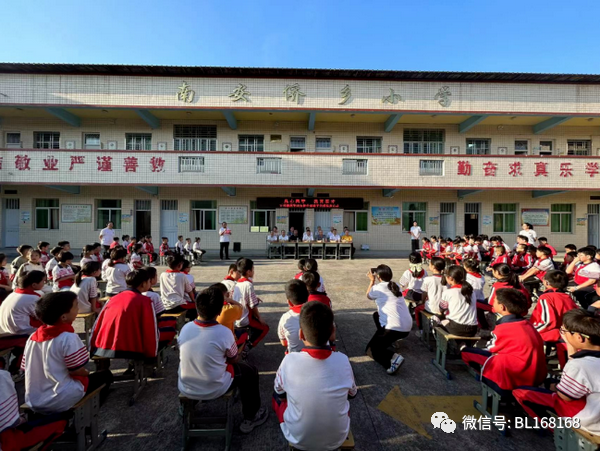In 2020, the Covid-19 has pressed the “pause” button for the automotive industry. By changing marketing methods and actively promoting automobile consumption, the automobile market has gradually recovered, and the annual growth rate of production and sales has steadily decreased slightly. The impact of the pandemic has been basically eliminated. The automobile industry as a whole has shown strong development resilience and endogenous motivation. The production and sales of automobiles for the year were 25.225 million and 25.311 million, down 2% and 1.9% year-on-year, respectively. The rate of decline was 5.5 and 6.3 percentage points lower than the previous year.
From the perspective of market segmentation, the production and sales of passenger vehicles were 19,994,400 and 2017,800 respectively, a year-on-year decrease of 6.5% and 6%, respectively. The decline was 2.7 and 3.6 percentage points smaller than the previous year. Passenger car production and sales accounted for automobile production and sales. The proportion of production and sales reached 79.3% and 79.7%, respectively 3.7 and 3.5 percentage points lower than the proportion of production and sales of the previous year. From the perspective of the production and sales of the four types of passenger vehicles: sedan production and sales decreased by 10% and 9.9% year-on-year respectively; SUV production and sales increased by 0.1% and 0.7% year-on-year, respectively. The annual production and sales scale of SUV exceeded that of sedan for the first time; MPV production and sales decreased by 26.8% and 23.8 year-on-year respectively; The production and sales of cross-type passenger vehicles decreased by 1.7% and 2.9% year-on-year respectively.
In 2020, driven by factors such as stricter regulations and infrastructure investment, the production and sales of commercial vehicles has seen a substantial growth throughout the year. In 2020, the production and sales of commercial vehicles were 5.231 million and 5.133 million, exceeding 5 million for the first time, setting a record high. The production and sales of commercial vehicles increased by 20.0% and 18.7% year-on-year, and the output growth rate was 18.1 percentage points higher than the previous year. Compared with the previous year sales growth rate has changed from negative to positive. From the perspective of the production and sales of different types of vehicles, trucks are the main products. The production and sales of trucks were 4.778 million and 4.685 million, an increase of 22.9% and 21.7% year-on-year; the production and sales of passenger cars were 453,000 and 448,000 respectively. The year-on-year decline was 4.2% and 5.6% respectively.
In addition, through years of cultivating the entire industrial chain of new energy vehicles, each link has gradually matured. The rich and diversified new energy vehicle products continue to meet market demand, and the use environment is gradually optimized and improved. Under these measures, the new energy vehicles are increasingly recognized by consumers. In 2020, the production and sales of new energy vehicles will be 1.366 million and 1.367 million, representing a year-on-year increase of 7.5% and 10.9%, respectively. The growth rate has changed from negative to positive compared with the previous year. Among them, the production and sales of pure electric vehicles were 1.105 million and 1.115 million, a year-on-year increase of 5.4% and 11.6% respectively; the production and sales of plug-in hybrid vehicles were 260,000 and 251,000 respectively, an increase of 18.5% and 8.4% respectively; The production and sales of fuel cell vehicles were both completed at 10,000 units, a year-on-year decrease of 57.5% and 56.8% respectively.
On the whole, China's automobile industry in 2020 will generally present the following nine operating characteristics: (1) The year-on-year decline in automobile production and sales has narrowed; (2) The annual production and sales of passenger cars have decreased year-on-year; (3) The annual production and sales of commercial vehicles have shown substantial growth; (4) Pickup trucks year-on-year Production and sales have shown growth; (5) The annual production and sales of new energy vehicles hit a record high; (5) The annual market share of Chinese brand passenger vehicles has declined; (5) The market concentration of the top ten enterprise groups has decreased; (5) The annual export of automobiles has decreased year-on-year; (9) The operating conditions of key enterprises have continued to improve.
While reviewing the achievements of the automotive industry in fighting the epidemic in 2020, the operating characteristics of the automotive industry in 2020 are introduced from five aspects. They are: (1) The recovery of the market has greatly exceeded expectations; (2) The annual sales of commercial vehicles hit a record high; (3) The new energy vehicle market is shining brightly; (4) Chinese brands strive to make progress; (5) Intelligent networked vehicles start a new process. 2021 is the first year of the "14th Five-Year Plan". From the perspective of economic development, as government departments continue to consolidate and expand the results of epidemic prevention and control and economic and social development, better coordinate development and security, and continue to do a good job in the "six stability" work and implementation With the "six guarantees" task and the scientific and precise implementation of macroeconomic policies, the country's economic operation will remain within a reasonable range. However, there are still many uncertainties in the new crown pneumonia epidemic and the external environment, so the downward pressure on the economy still exists.
From the perspective of the development trend of the automobile industry, with the steady recovery of the national economy, consumer demand will resume faster, and the overall potential of the Chinese automobile market is still huge. Therefore, it is judged that 2020 may be the bottom year of the Chinese automobile market, and it will be realized in 2021. Resuming positive growth, of which car sales are expected to exceed 26 million units, a year-on-year increase of 4%; new energy vehicles are expected to reach 1.8 million units, a year-on-year increase of 40%. Yang Qian, Director of the Industry Research Department of the China Association of Automobile Manufacturers, announced the China Automotive Industry Prosperity Index (ACI) for the fourth quarter of 2020. According to the auto industry boom evaluation index system, the research results show that:
(1) In the fourth quarter of 2020, the auto industry prosperity index ACI was 46, an increase of 2 points compared with the third quarter of 2020, and it was in the normal operating range (green light zone).
(2) In the fourth quarter of 2020, the unified composite index of the automobile industry was 89.95 (100 in 2010), an increase of 0.2 points from the third quarter of 2020.
(3) The leading composite index is 83.61 (100 in 2010), an increase of 0.14 points compared with the third quarter of 2020.
The results of China's auto industry prosperity index for the fourth quarter are summarized as follows:
(1) In the fourth quarter of 2020, the auto industry prosperity index ACI was 46, an increase of 2 points from the previous quarter. It is in the green light zone and the auto industry is in normal operation.
(2) The unified composite index of the automobile industry increased by 0.2 points from the previous quarter, and the leading composite index increased by 0.14 points from the previous quarter.
(3) On the whole, the auto industry performed well this quarter, and there is the possibility of continued improvement in the future.
Throughout the four quarters of 2020, China's auto industry prosperity index ACI is 6, 15, 54 and 46 respectively. The first two quarters were in the super-cooling zone (blue light zone), and the latter two quarters returned to the normal zone (green light zone). After the low-level operation in the first half of the year, the auto industry gradually returned to normal operation in the second half of the year.



 Anglų
Anglų Ispanų kalba
Ispanų kalba Prancūzų kalba
Prancūzų kalba Vokiečių kalba
Vokiečių kalba Portugalija
Portugalija Italijoje
Italijoje Korėjiečių
Korėjiečių Japonų kalba
Japonų kalba Vietnamiečių
Vietnamiečių Turkų
Turkų arabiškas
arabiškas Rusų kalba
Rusų kalba Čekų
Čekų Tailandietis
Tailandietis Airis
Airis Bulgarų
Bulgarų Lenkija
Lenkija Kroatas
Kroatas Ukrainietis
Ukrainietis Bosnių
Bosnių Lietuvis
Lietuvis Latvis
Latvis Rumunų
Rumunų Graikų kalba
Graikų kalba Danų kalba
Danų kalba Vengrija
Vengrija Norvegų
Norvegų Suomių
Suomių Olandų
Olandų Švedų
Švedų Slovakas
Slovakas Slovėnų
Slovėnų Indoneziečių kalba
Indoneziečių kalba Bengalų kalba
Bengalų kalba Serbų kalba
Serbų kalba Uzbekas
Uzbekas




